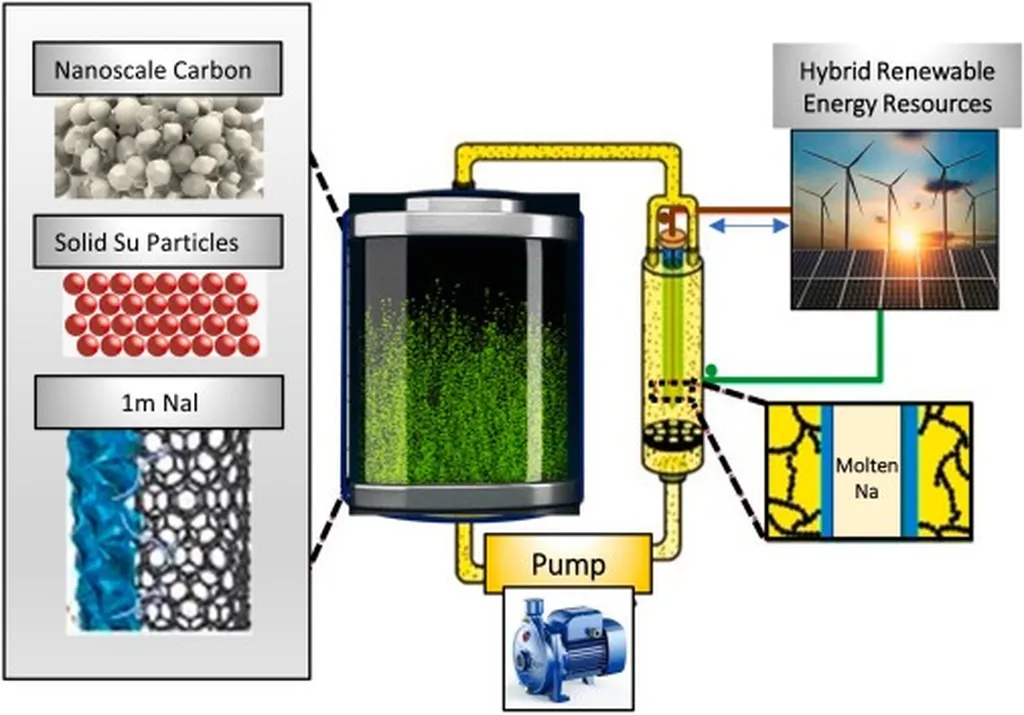In the quest for a greener and more sustainable energy future, wind and solar power have emerged as formidable contenders, challenging conventional energy sources. However, the intermittent nature of these renewable energies poses significant challenges to grid stability and reliability. A recent study published in the *Polytechnic Journal of Electrical Engineering* by Homayoun Berahmandpour from the Electrical Engineering Department at Amir Kabir University in Tehran, Iran, offers a promising solution to this conundrum. The research introduces a flexibility-based approach to mitigate wind and load curtailment using Battery Energy Storage Systems (BESS).
The study highlights the growing importance of renewables in modern power systems, driven by their environmental benefits, cost-effectiveness, and global availability. Wind and solar sources have become competitive with traditional energy sources, attracting substantial investments. However, their variability can lead to power curtailment or load shedding due to insufficient spinning and fast reserves. Berahmandpour’s research addresses this challenge by integrating BESS with renewable energies, providing a viable solution to enhance grid stability and reliability.
The research introduces the BESS flexibility index and a suitable State of Charge (SoC) control scheme to optimize the use of BESS for Dynamic Economic Load Dispatch (DELD). This approach aims to reduce wind and load curtailment costs while balancing the fixed and variable costs of BESS. “The simulation results demonstrate a strong correlation between improved system flexibility through BESS integration and the reduction of wind and load curtailment,” Berahmandpour explains. This finding underscores the potential of BESS to enhance the economic viability and reliability of renewable energy integration.
The commercial implications of this research are significant for the energy sector. By providing a robust framework for determining the optimal size and location of BESS, the study offers a cost-effective strategy for energy providers to integrate renewable energies into their grids. This approach can lead to reduced operational costs, improved grid stability, and enhanced reliability, ultimately benefiting both energy providers and consumers.
The research also opens new avenues for future developments in the field. As Berahmandpour notes, “The flexibility-based approach can be extended to other types of energy storage systems and renewable energy sources, paving the way for a more resilient and sustainable energy future.” This insight highlights the potential of the study to drive innovation and advancement in the energy sector.
In conclusion, Berahmandpour’s research offers a compelling solution to the challenges posed by the intermittency of renewable energies. By integrating BESS with renewables and employing a flexibility-based approach, the study provides a pathway to enhance grid stability, reliability, and economic viability. This research not only addresses current challenges but also sets the stage for future advancements in the energy sector, contributing to a more sustainable and resilient energy landscape.

